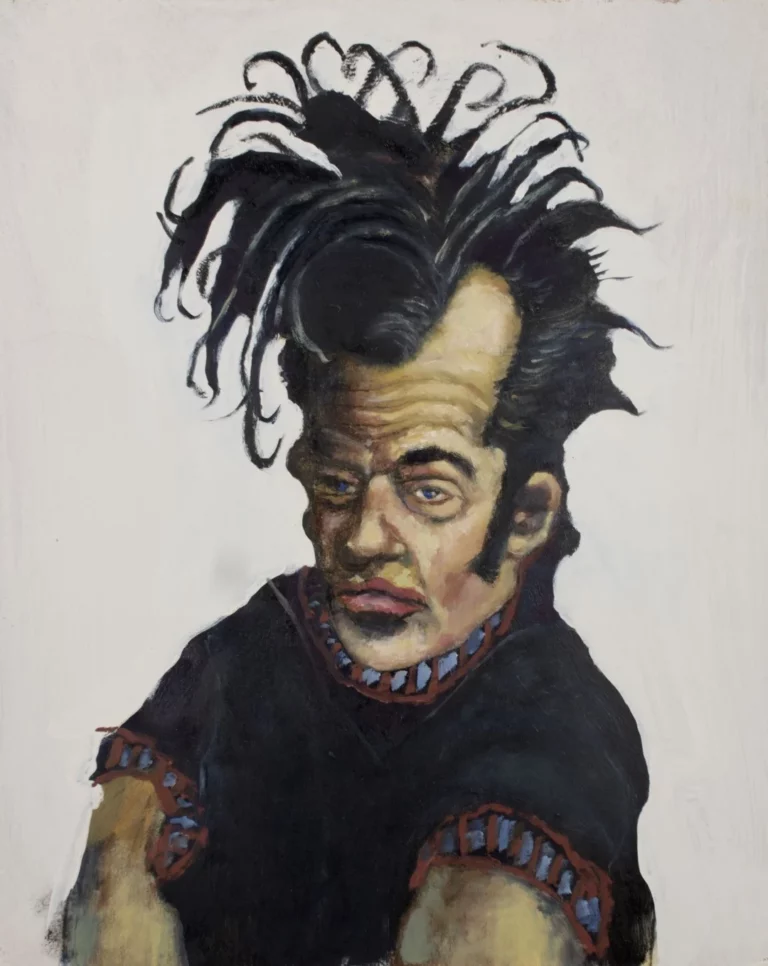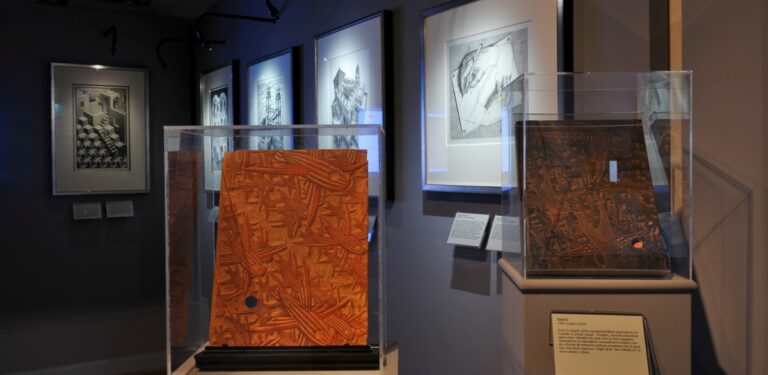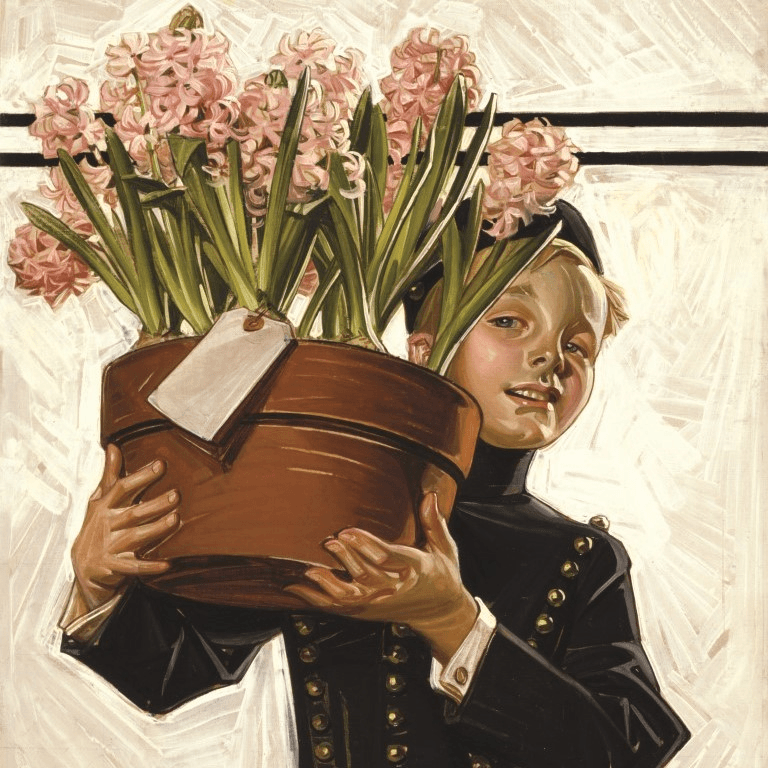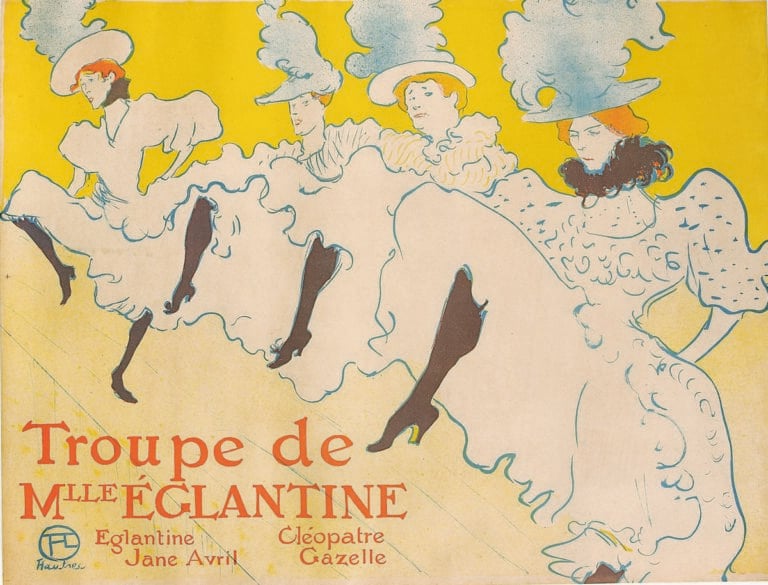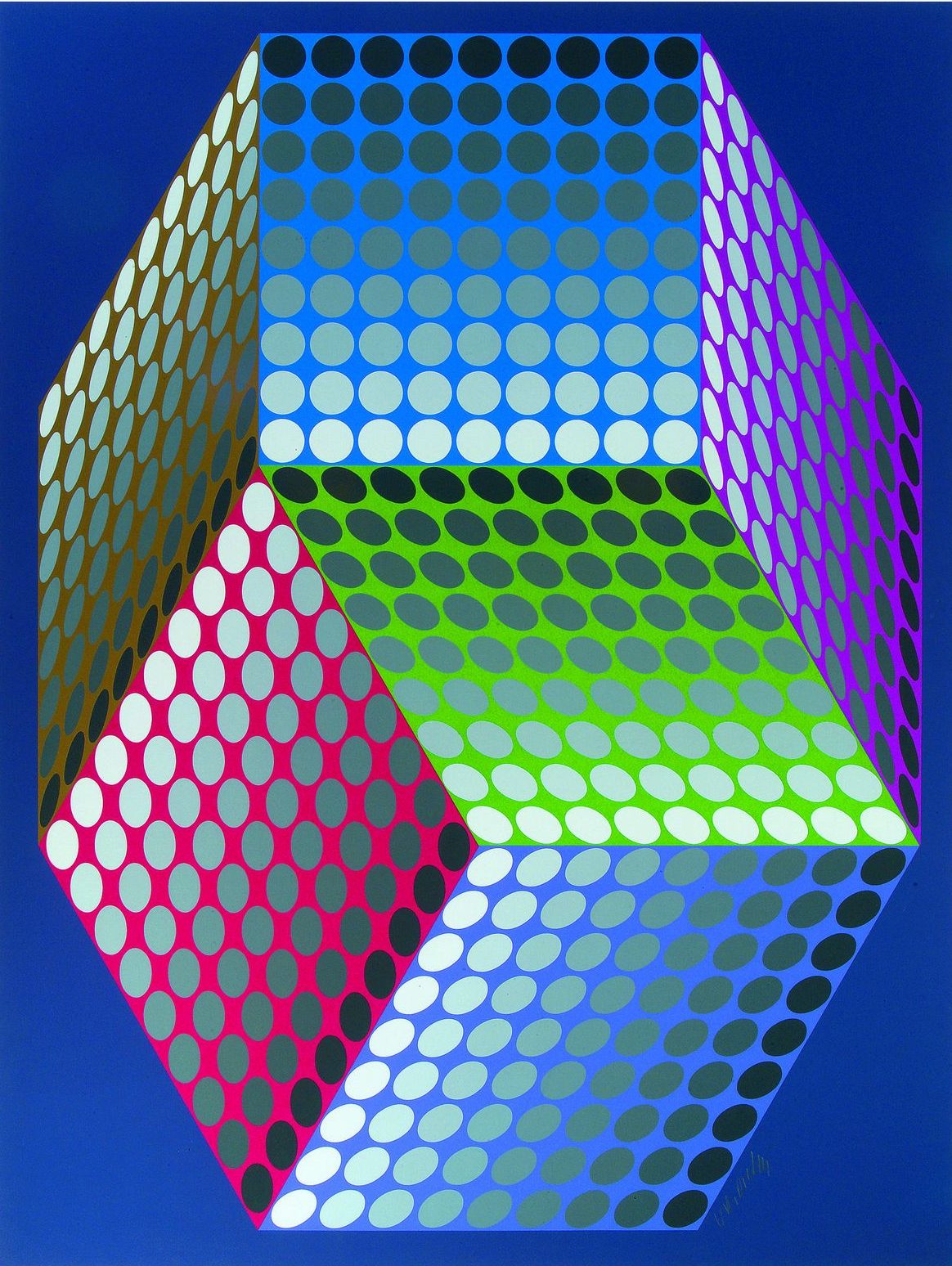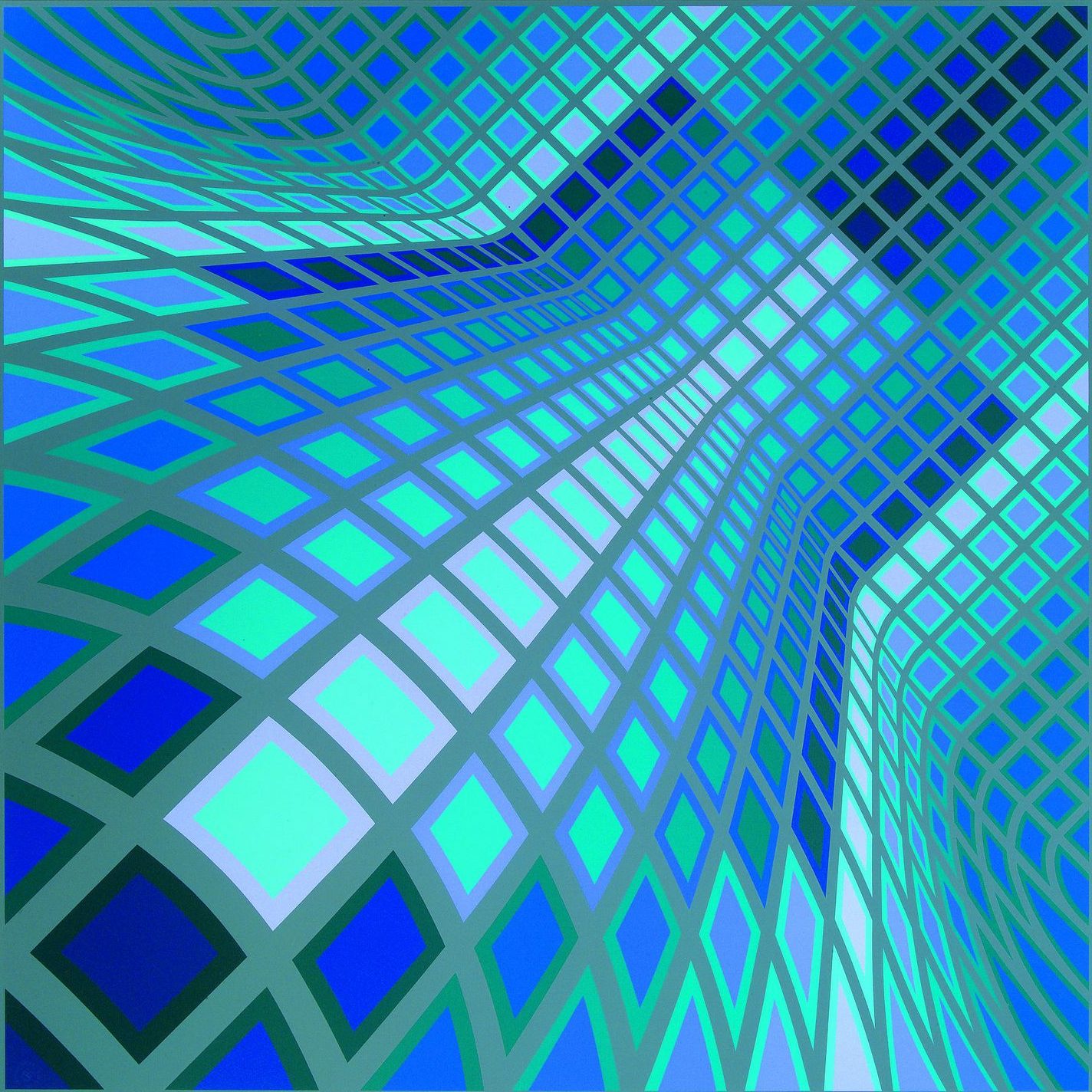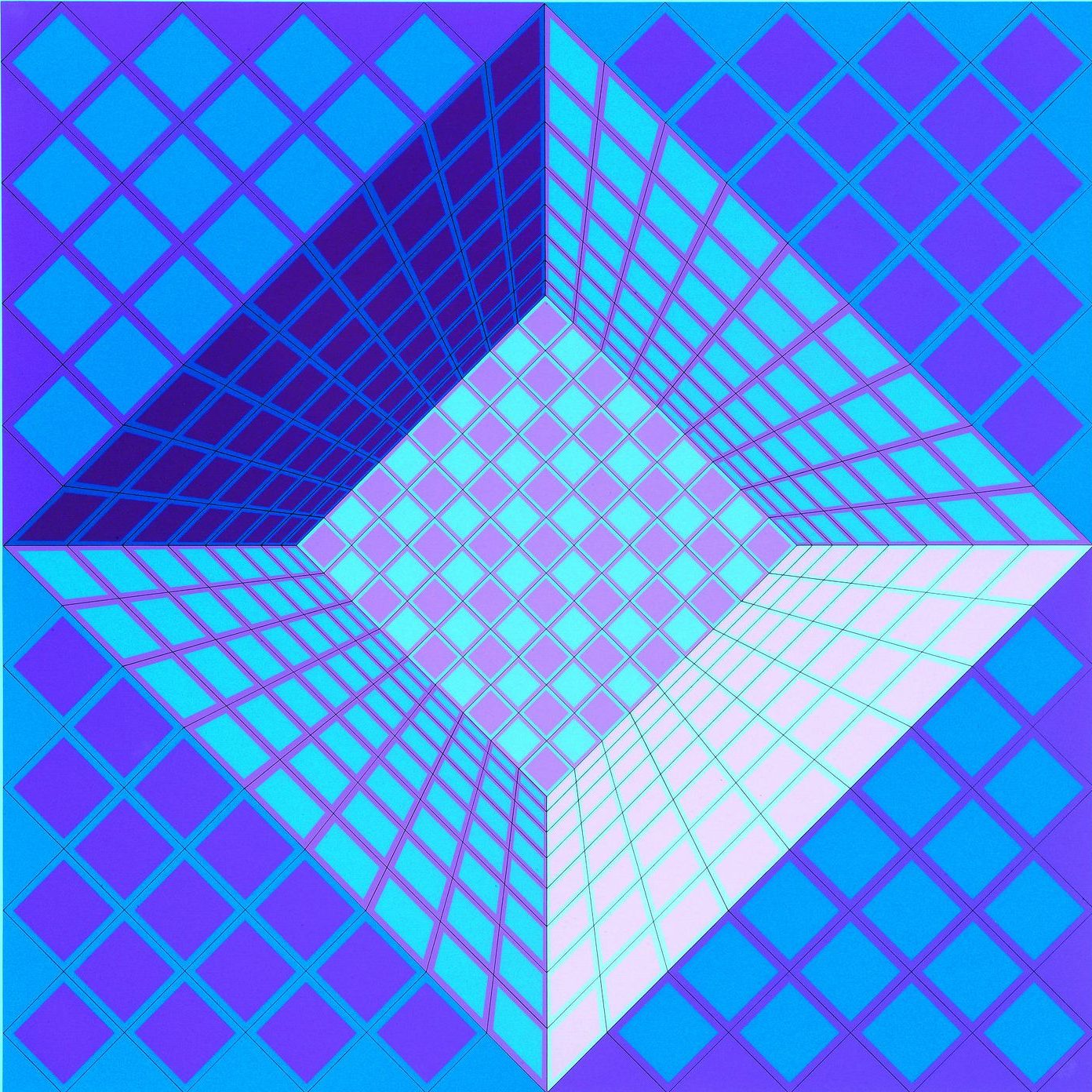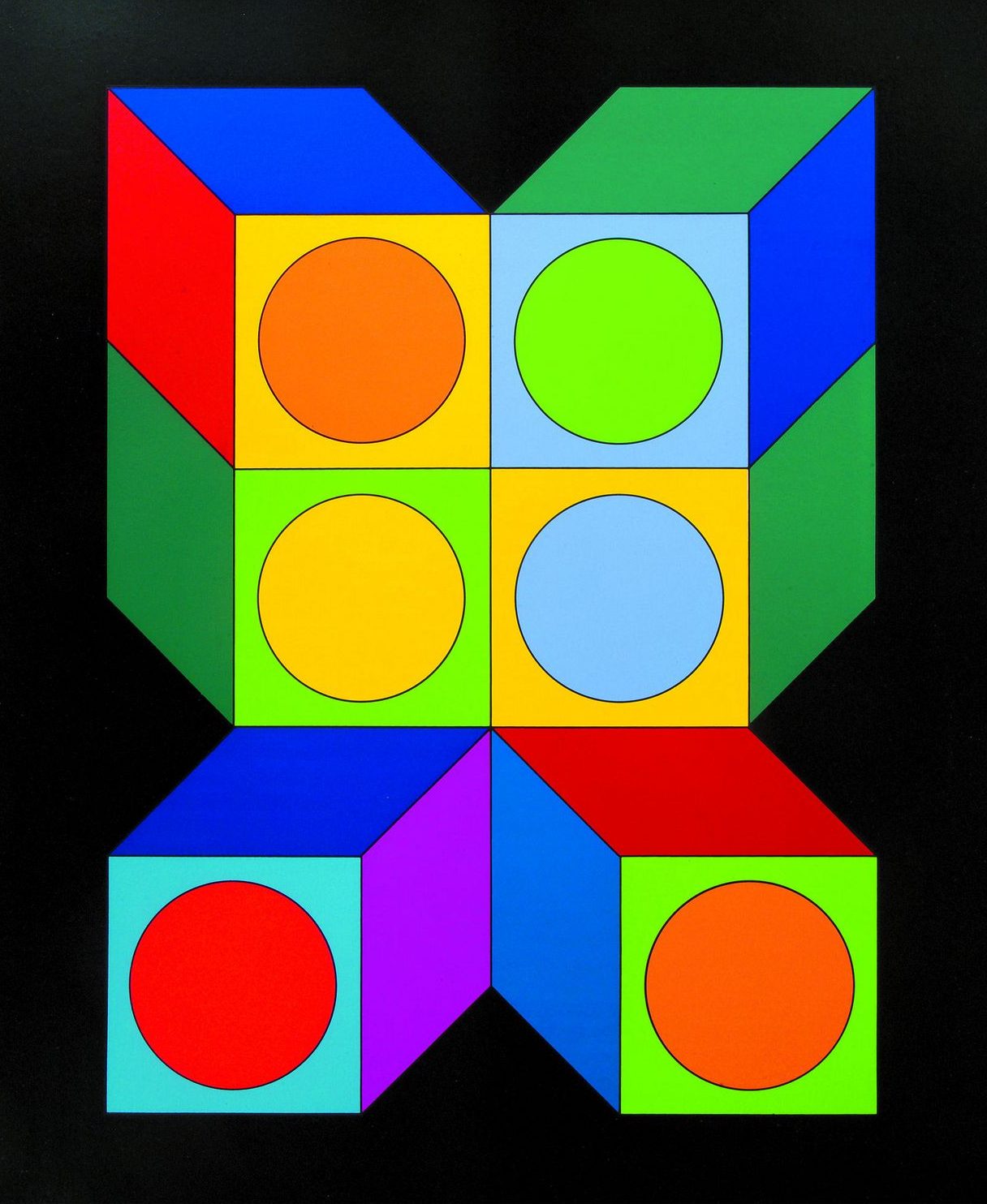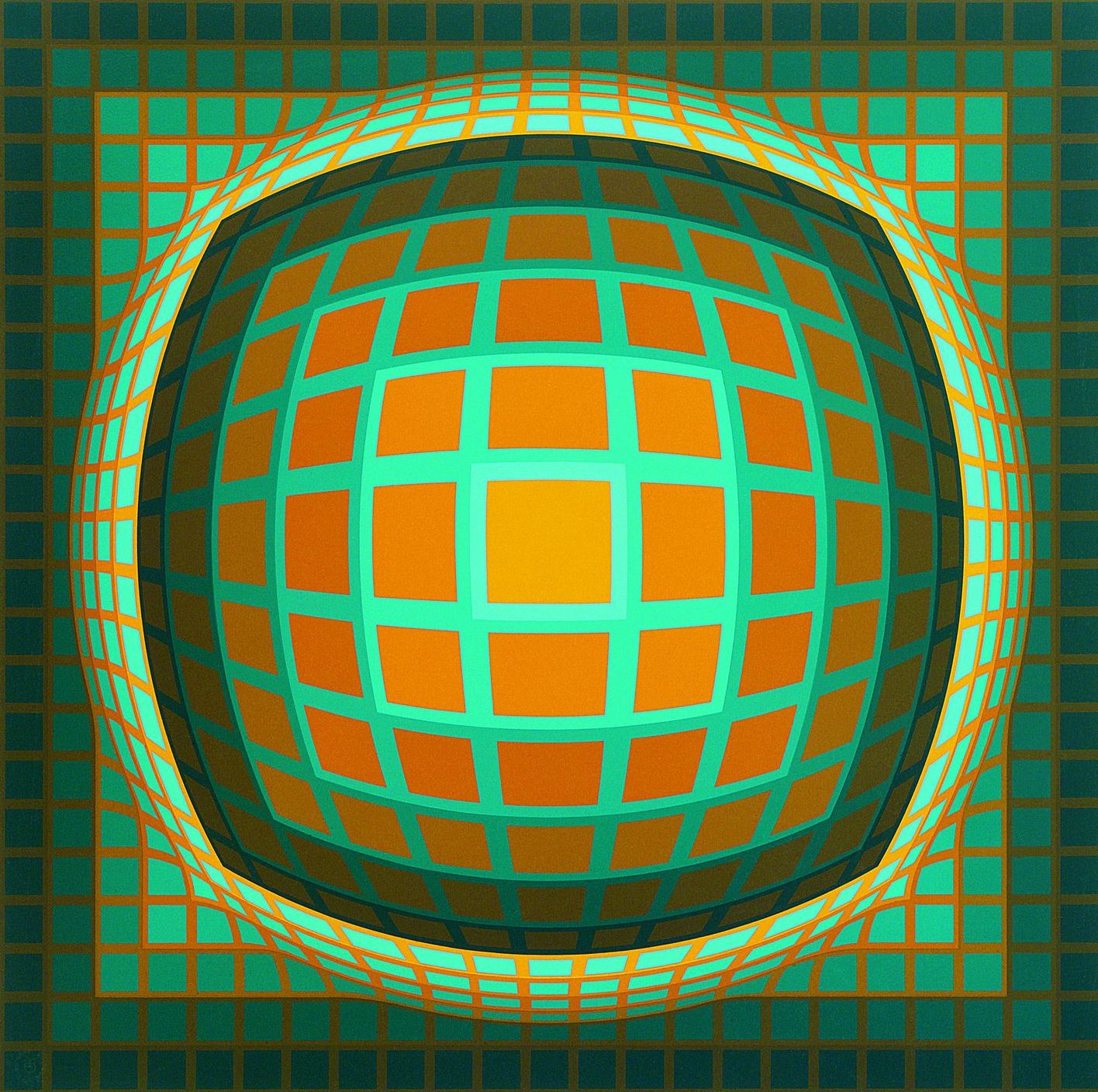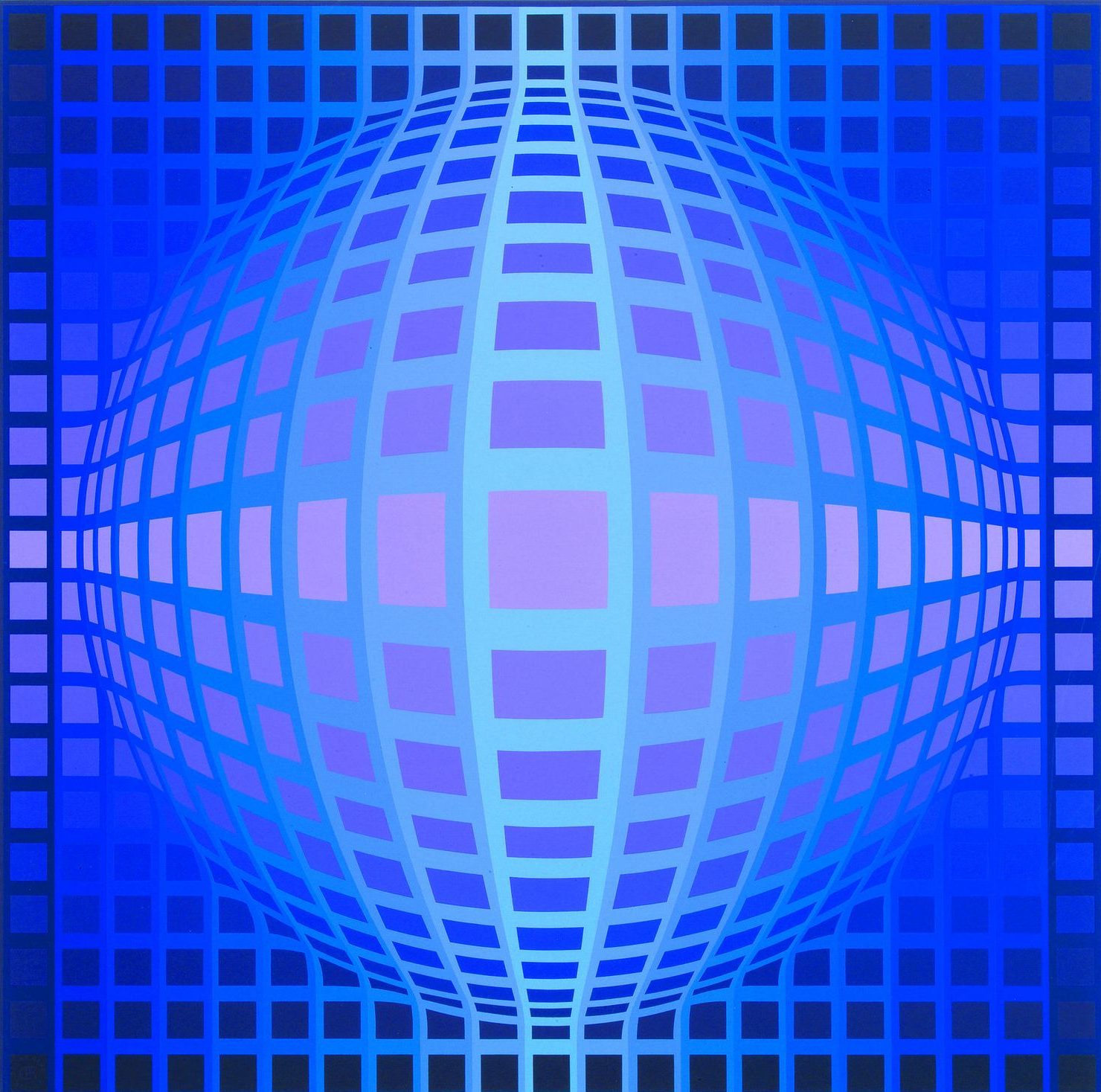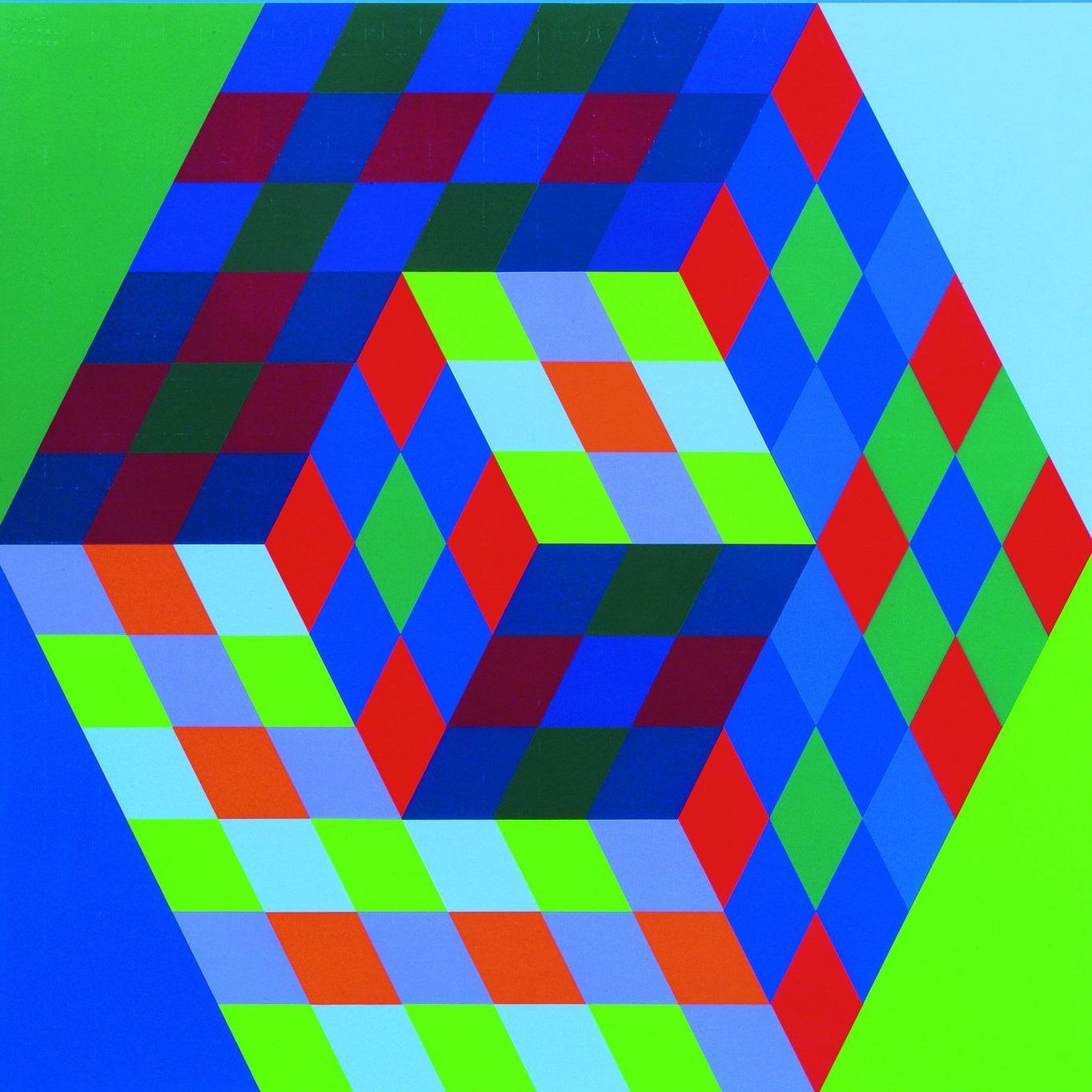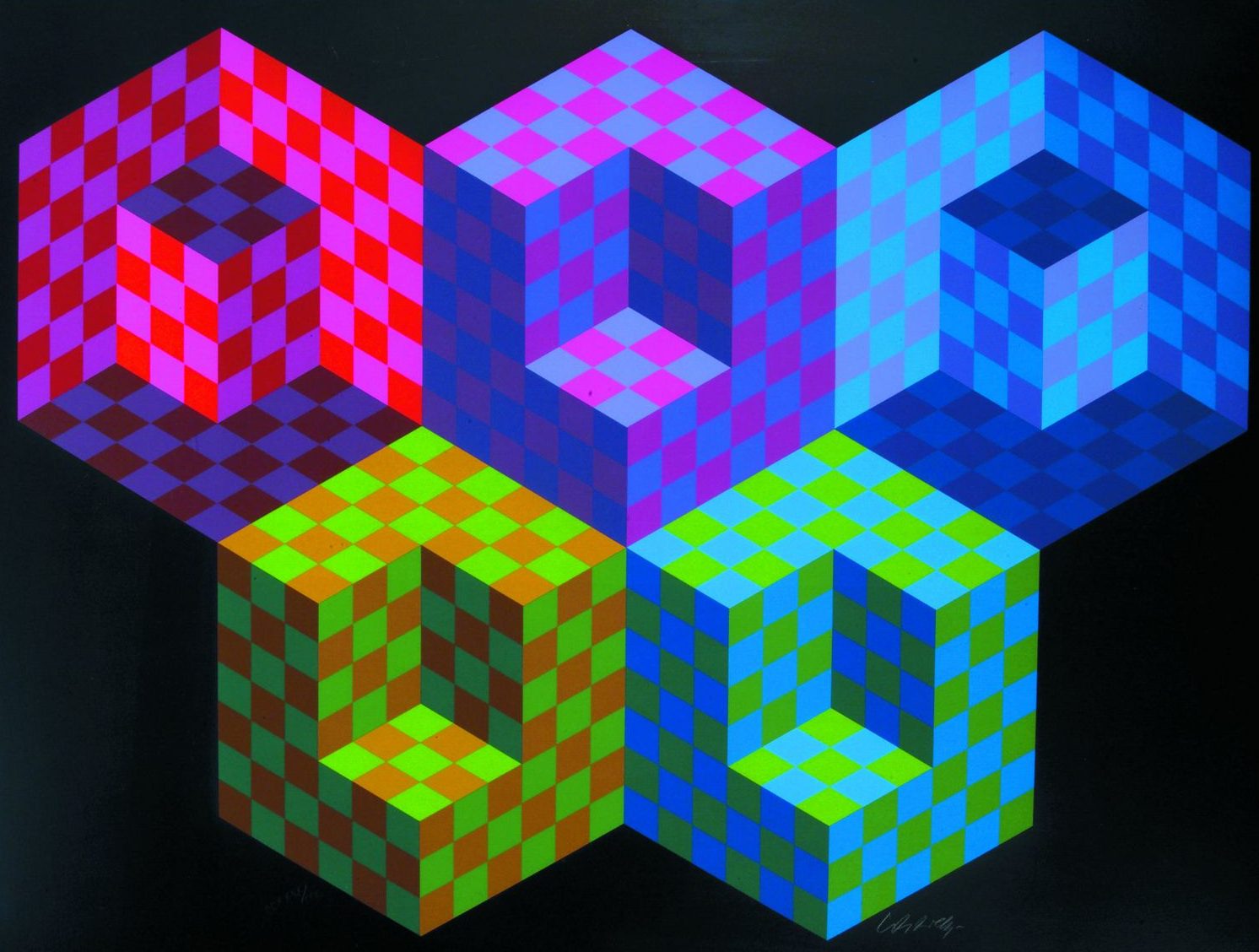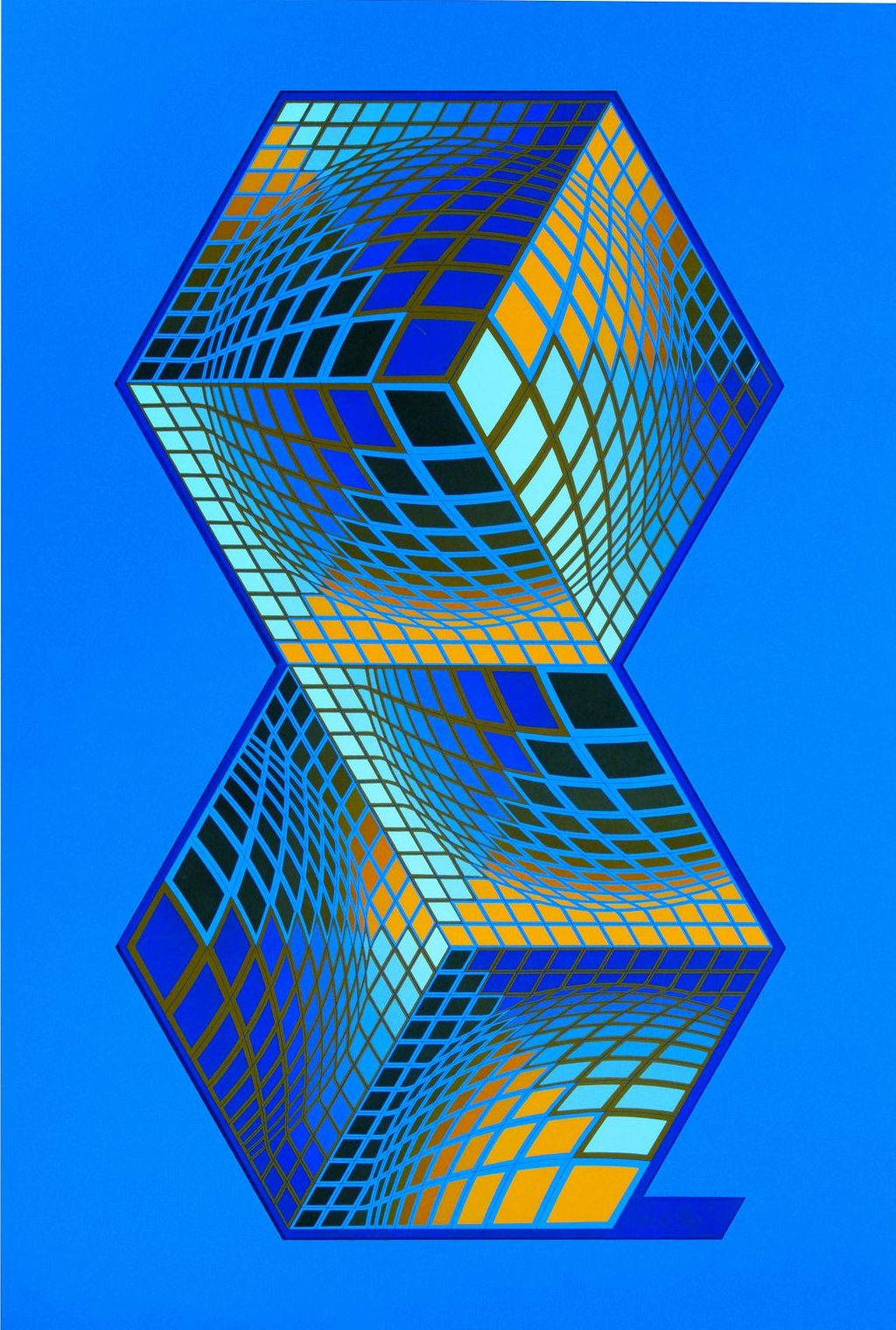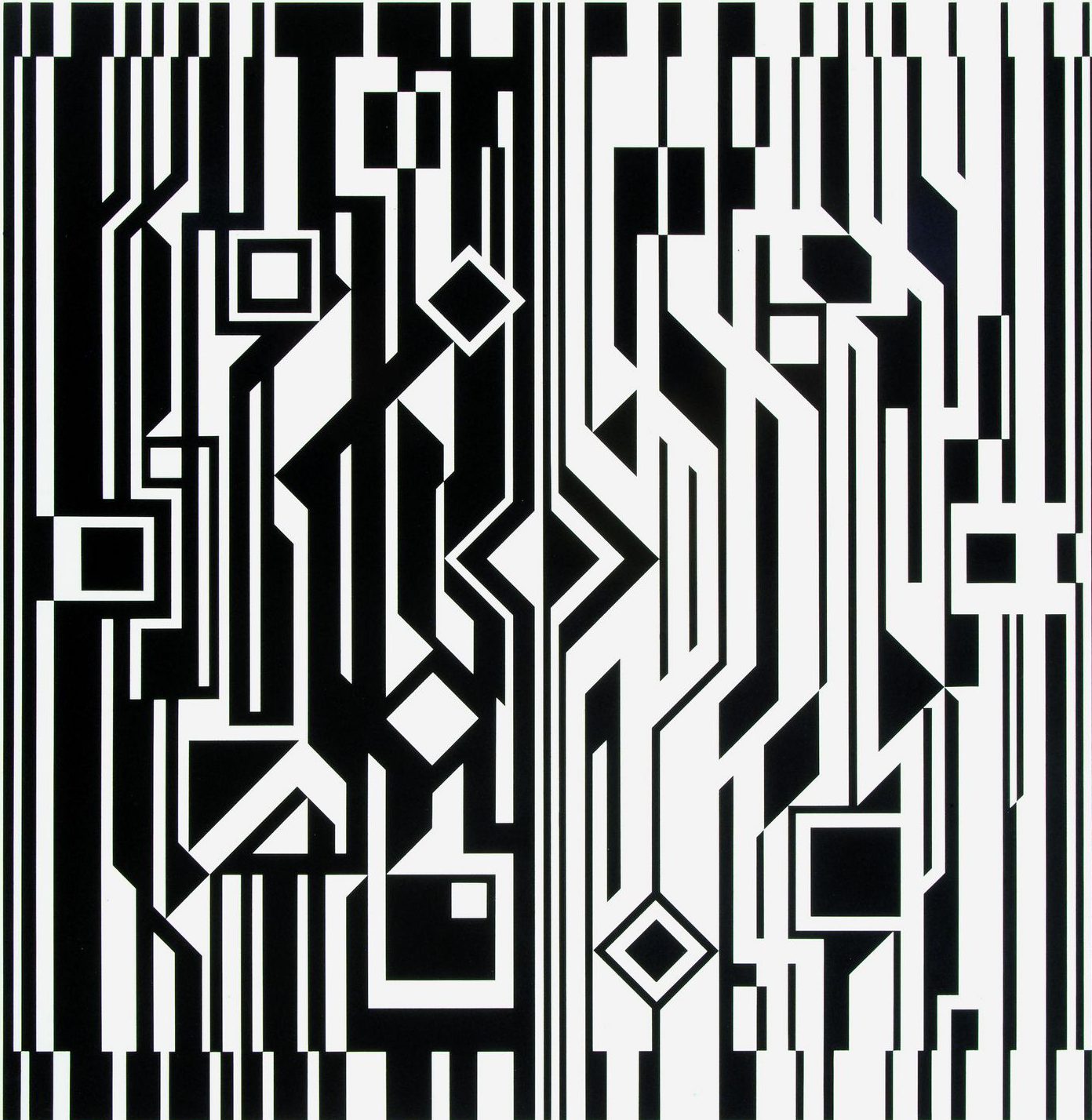Victor Vasarely
Victor Vasarely (1906-1997) was a French – Hungarian artist, internationally recognized as one of the most important artists of the 20th century. He is the acknowledged leader of the Op Art movement, and his innovations in colour and optical illusion have had a strong influence on many modern artists. His paintings are in the permanent collections of many important museums around the world.
Vasarely was born in Pecs, Hungary in 1906. In 1925, he began studying art at the Podolini-Volkmann Academy in Budapest. In 1928, he transferred to the Muhely Academy, also known as the Budapest Bauhaus. After his first one-man show in 1930, at the Kovacs Akos Gallery in Budapest, Vasarely moved to Paris and for the next thirteen years, he devoted himself to graphic studies. In 1943, Vasarely began to work extensively in oils, creating both abstract and figurative canvases. During the 1960’s and 70’s his optical images became part of the popular culture, having a deep impact on architecture, computer science, fashion, and the way we now look at things in general.
His lifelong fascination with linear patterning led him to draw figurative and abstract patterned subjects, such as his series of harlequins, checkers, tigers, and zebras. The breakthrough brought by his “kinetic” visual experiments transformed the flat surface into a world of unending possibilities, book marking an era in the history of art and foreshadowing a new global reality shaped by programming and the Internet.
Vasarely died in Paris, in 1997, at the age of ninety one. Even though he achieved great fame he insisted on making his art accessible to everyone.
His motto was “Art for all”.

